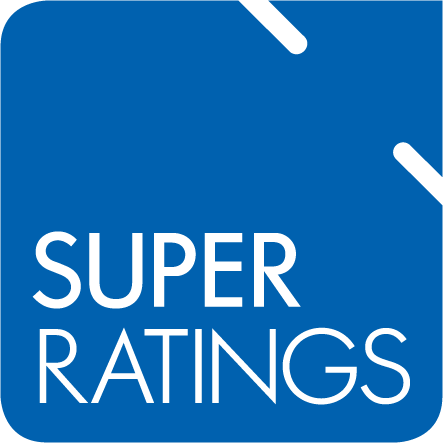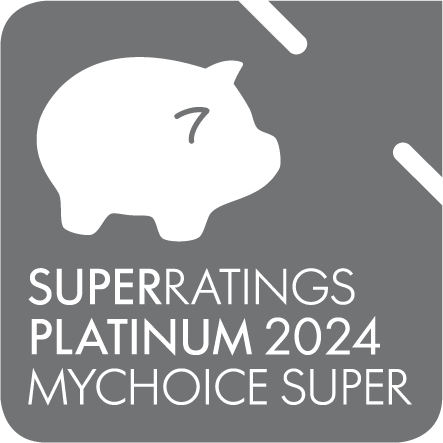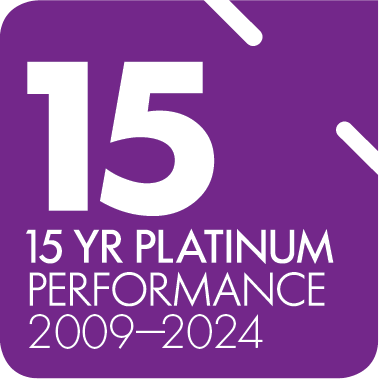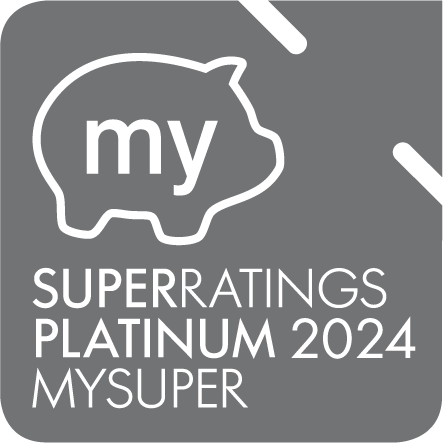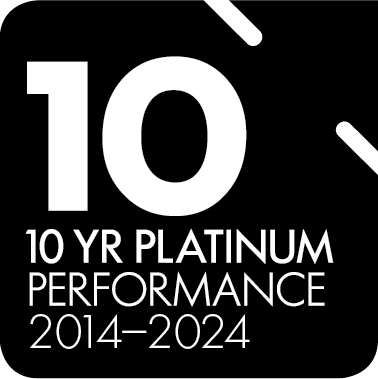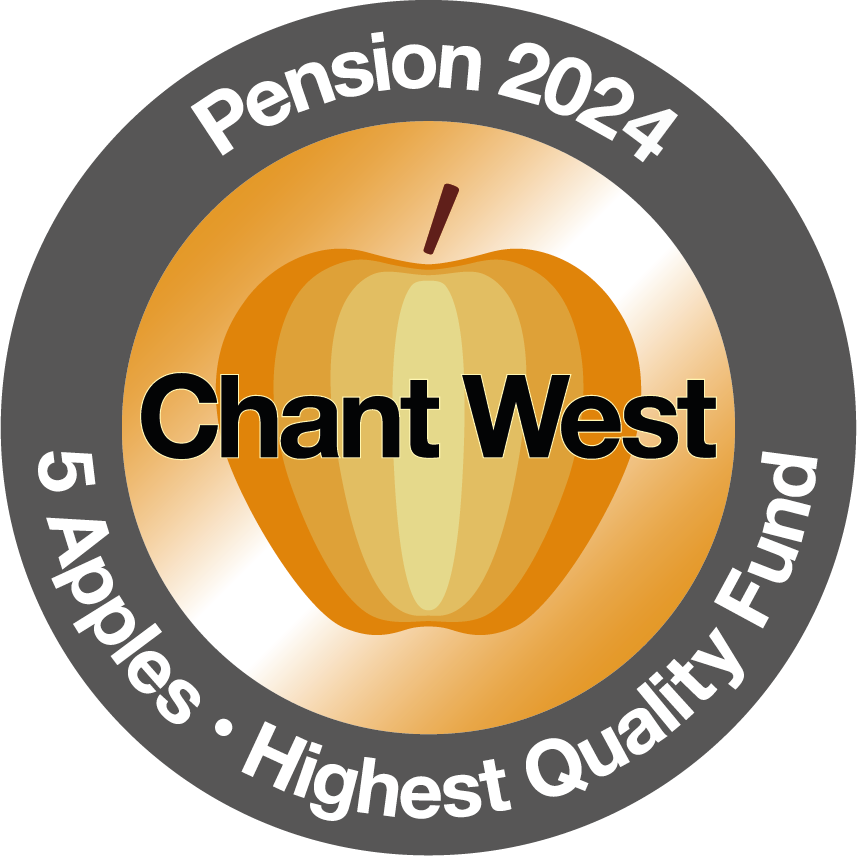You may be able to access your super benefit early due to the following circumstances
- A terminal medical condition
- Financial hardship
- Compassionate grounds
- Permanent incapacity
All early release applications are subject to approval by your super fund and may require additional evidence.
See also: Can temporary residents in Australia access their super?
Terminal medical condition
You may be able to claim your super early if you have been diagnosed with a terminal illness or injury that, in the opinion of a specialist medical practitioner, is likely to lead to your death within 24 months from the date of diagnosis.
Please contact us when applying as withdrawing your full super balance may impact your insurance benefits.
Severe financial hardship
If you are in severe financial hardship it may be possible to access up to $10,000 of your super (although this cap is removed if you are over your preservation age). To claim, you must satisfy one of the following:
1. You’re under preservation age, unable to afford immediate and reasonable family living expenses and have been receiving Commonwealth income support payments continuously for at least 26 weeks.
2. You’ve reached preservation age, you’re unemployed (or working less than 10 hours a week) on the date you submit your application and; you have been receiving Commonwealth income support payments for a total of at least 39 weeks.
The minimum amount that can be paid to you is $1,000 and the maximum is $10,000 (minus any taxes). You can only make one withdrawal on the grounds of financial hardship in any 12-month period. If you hold a temporary resident visa, you are not able to apply for financial hardship.
Compassionate grounds
You may be able to apply for early access to your superannuation benefit if you need help to pay for:
- Medical or dental treatment for yourself or a dependent, or pay for transport to the treatment
- Overdue mortgage payments to prevent the sale of your home
- Funeral expenses for you or your dependants
- Palliative care costs for you or your dependants with a terminal medical condition
- Home or car modifications to better accommodate you or your dependant’s severe disability
If you wish to make an application for the early release of your benefit on compassionate grounds, you will need to apply to the Australian Tax Office. Please contact our Helpline to discuss the process on 1300 655 002.
Permanent incapacity
In the event that you become seriously ill or are permanently incapacitated, you may be able to claim your super balance early. In order to receive any benefit you must show that, due to serious illness or injury, you are no longer able to work in any (or your own) occupation, and not be able to return to work.
